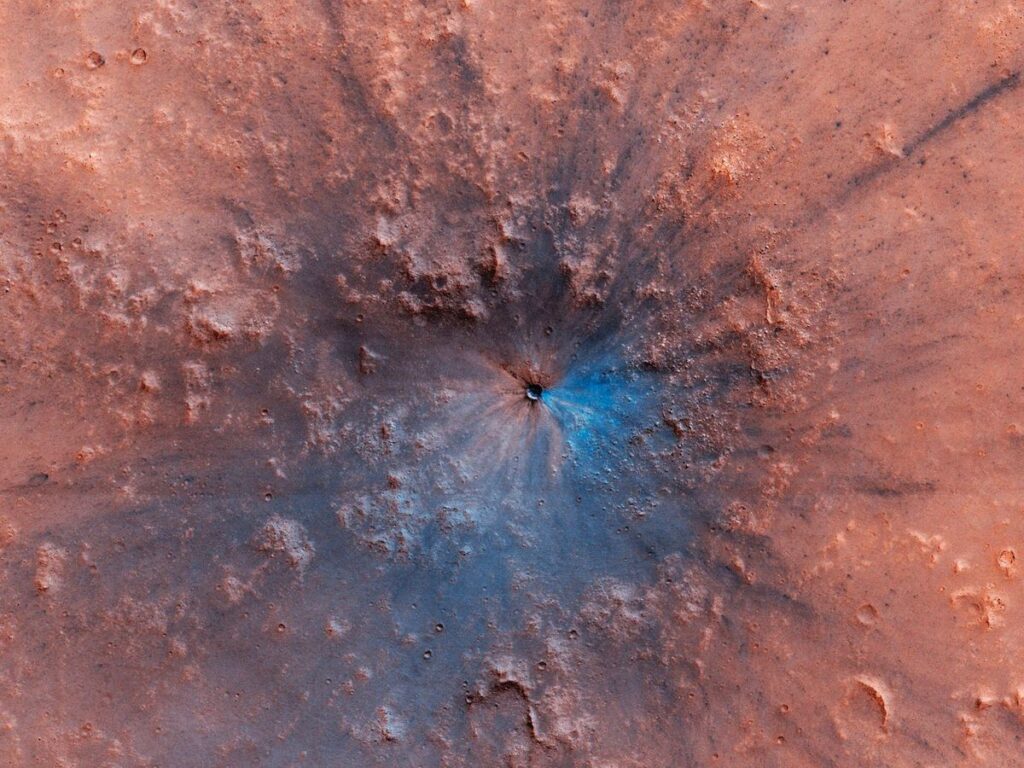Scientists analyzed data from spacecraft and computer modeling and modeling NASA computers, have found the shade in a hole in the moon that always floated around comfortable around 17 Celsius, the temperature suitable for humans.
Holes, and caves -the caves where they can lead, will create a thermal stable site for moon exploration compared to the area on the moon surface, which heats up to around 127 Celsius during the day and cold up to 173 Celsius at night.
Moon exploration is part of NASA’s goal of exploring and understanding things that are unknown in space, to inspire and benefit humanity.
The first hole was discovered in the month in 2009, and since then, scientists have asked whether they lead to caves that can be explored or used as a shelter. Hole or cave will also offer protection from cosmic rays, solar radiation and micrometeorite.
“About 16 out of more than 200 holes may be a collapsed lava tube,” said Tyler Horvath, a doctoral student at the Planetary Science at the University of California in Los Angeles, who led the new new research was published in the Journal of Geophysical Research Letters.
“The moon hole is an interesting feature on the surface of the moon,” said Lro Noah Petro project scientist from the Goddard Nasa space flight center in Greenbelt, Maryland. “Knowing that they created a stable thermal environment to help us paint this unique lunar feature image and the prospects of one day explore it.”
Horvath processes data from diviner, thermal camera, to find out whether the temperature in the hole deviates from the surface.
Focusing on in-depth depression 100 meters of cylinder which is about the length and width of the soccer field in the moon area known as the tranquilitatis of a female horse, horvath and colleagues use a computer modeling to analyze the thermal properties of the stone and dust and map the temperature of the hole from time to time to time to time to time to time to time to time to time to time to time to time to time to time to time to time to time to time.
The results revealed that the temperature in the reach of the pit that was overshadowed permanently only slightly fluctuated throughout the day of the month, still around 17 Celsius. If a cave extends from the bottom of the hole, like the picture taken by the Lro Moon surveillance camera that suggests, it will also have a relatively comfortable temperature.
The team believes that the shadow overhang is responsible for stable temperatures, limiting how hot things are obtained during the day and prevent heat radiating at night.
One day on the moon lasts about 15 days of the earth, where the surface continues to be bombarded by sunlight and is often hot enough to boil water. A very cold night also lasts about 15 days of the earth.
Launched on June 18, 2009, LRO has collected data treasure with seven strong instruments, making a very valuable contribution to our knowledge of the moon.







More Stories
NASA posts beautiful martian image showing ‘blue’ region of the red planet
Using diamonds as probes to explore fast-changing weak magnetic fields
Formation of dwarf galaxy observed using India’s AstroSat